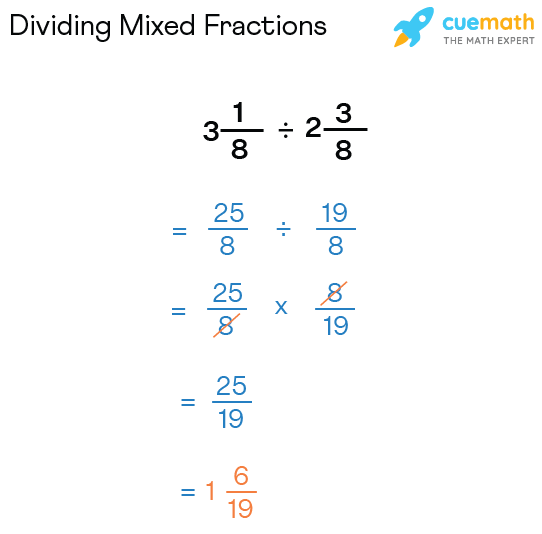In the realm of mathematics, fractions and mixed numbers play a pivotal role in describing parts of wholes and quantities. Dividing these numbers, however, can be a daunting task for some. Embark with us on a comprehensive journey to understand and conquer the division of whole fractions and mixed numbers, unraveling their mysteries and empowering you with this essential mathematical skill.

Image: live.power106.com
The Essence of Fraction Division: Unlocking the Key
The concept of fraction division lies at the heart of our understanding of proportions and part-to-whole relationships. We use this operation to determine what fraction of one quantity is equal to another quantity. For instance, if we divide 1/2 by 1/4, we’re essentially asking how many times 1/4 fits into 1/2. By comprehending fraction division, we gain the ability to solve a vast range of real-world problems involving ratios, proportions, and measurement conversions.
Delving into the Division of Fractions: A Step-by-Step Approach
Let’s delve into the practical steps of dividing fractions:
-
Flip the Divisor: Begin by flipping the divisor fraction, meaning you’ll interchange the numerator and denominator. This simple trick transforms the division problem into a multiplication problem.
-
Multiply and Simplify: Multiply the dividend fraction (the one you’re dividing) by the flipped divisor. Then, simplify the resulting fraction if possible, reducing it to its lowest terms.
Example: Let’s divide 3/4 by 1/2. Flipping the divisor 1/2 gives us 2/1. Multiplying 3/4 by 2/1 yields 6/4. Simplifying this fraction, we get 3/2.
Conquering the Division of Mixed Numbers: Breaking it Down
Mixed numbers, a hybrid of whole numbers and fractions, require a slightly different approach to division. Let’s break it down into a two-step process:
-
Convert to Improper Fractions: Transform both the dividend and divisor mixed numbers into improper fractions. An improper fraction has a larger numerator than the denominator.
-
Divide the Improper Fractions: Apply the same steps as for dividing fractions, flipping the divisor and multiplying. Don’t forget to simplify your answer.
Example: Divide 2 1/4 by 1 1/2. First, convert them to improper fractions: 9/4 and 3/2. Now we can divide 9/4 by 3/2, yielding 9/4 multiplied by 2/3, which equals 3/2.

Image: www.cuemath.com
Unearthing the Treasures of Real-World Fraction Division
Beyond the walls of the classroom, fraction division flourishes in various real-world applications, such as:
-
Recipe Scaling: Adjusting recipes for different serving sizes requires us to divide fractions representing ingredient quantities.
-
Measurement Conversions: Converting between different units of measurement, such as feet to inches, relies on fraction division.
-
Financial Planning: Apportioning a budget or dividing profits fairly involves fraction division to determine specific shares.
How To Divide Whole Fractions And Mixed Numbers
Conclusion: Embracing the Power of Fraction Division
Mastering fraction division empowers us to navigate mathematical complexities with ease. By understanding the concepts, following the steps, and applying them to real-world scenarios, we transform these seemingly intricate operations into valuable tools for problem-solving and comprehension. Embrace the power of fraction division and unlock the boundless possibilities it holds.


/GettyImages-1303637-two-way-mirror-57126b585f9b588cc2ed8a7b-5b8ef296c9e77c0050809a9a.jpg?w=740&resize=740,414&ssl=1)


